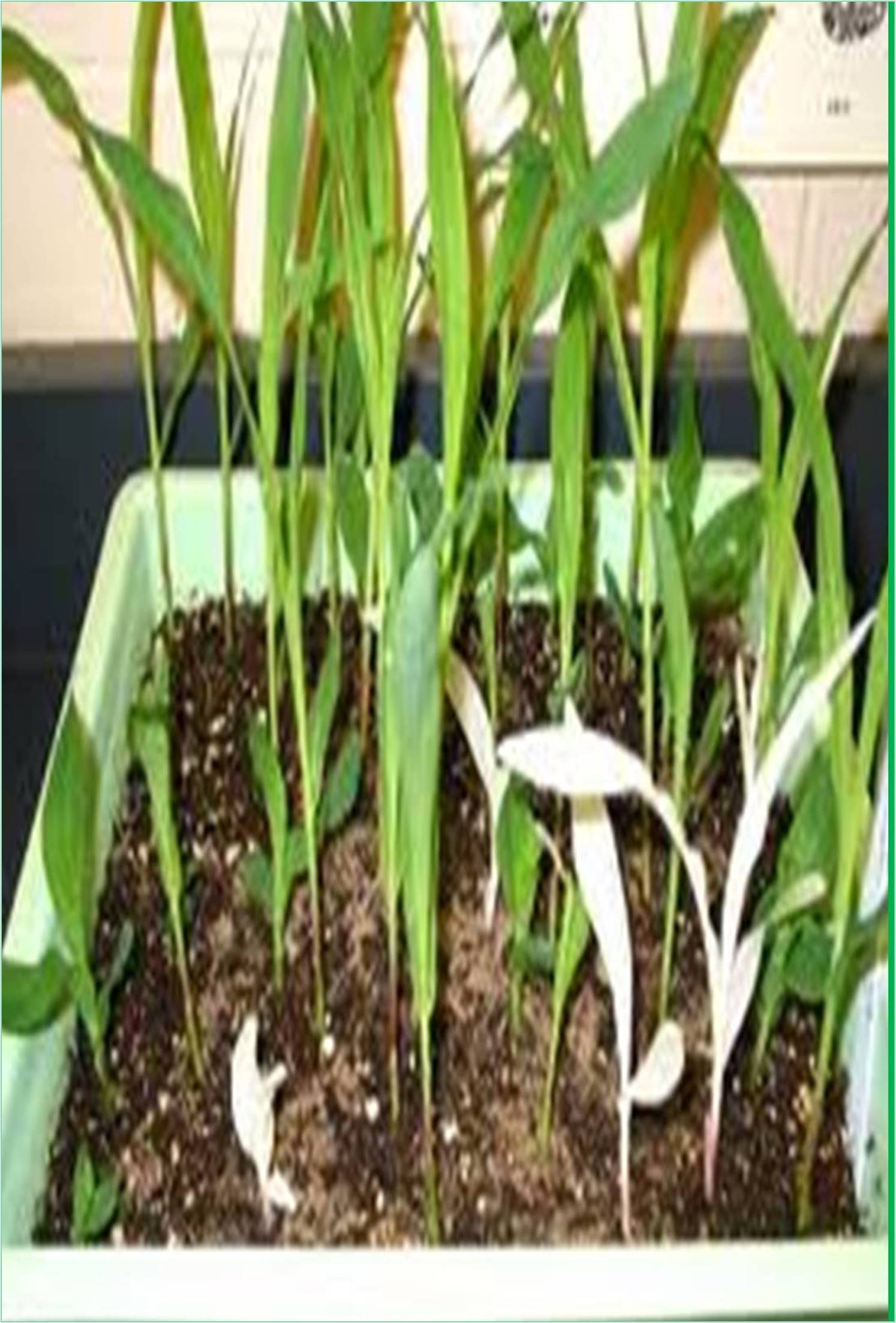



Received: 01-Aug-2022, Manuscript No. GJPBG-22-71715; Editor assigned: 05-Aug-2022, Pre QC No. GJPBG-22-71715(PQ); Reviewed: 26-Aug-2022, QC No. GJPBG-22-71715; Revised: 02-Sep-2022, Manuscript No. GJPBG-22-71715(R); Published: 09-Sep-2022, DOI: 10.15651/2449-0598-22.09.008
Endophytes are microbial symbionts that spend the majority of their life cycle inside the plant without having any negative effects on it. After surface sterilization, endophytes are often isolated from plant materials. Endophytes primarily invade the intercellular gaps inside plant tissues. There are a few endophytes that dwell inside the plant cells, including Rhizobium. Endophytes that reside inside plant tissues are less susceptible to environmental circumstances than bacteria that are found on plant surfaces and in the environment. As a result, the host can be effectively and directly affected when endophytes possess a genetic trait that benefits the plant. To analyze the function of the endo-bacteriome against a clear background, it is crucial to obtain the complete structure of the endophytic microbial strain. Culture methods and non-culture approaches have both been used to estimate the bacterial abundance and composition in endo-bacteriomes. However, because many plant endophytic bacteria cannot be isolated or quantified using culture methods, an accurate picture of the endo-bacteriomes of plants cannot be provided. The entire structure of plant endo-bacteriomes could be revealed with the use of high-throughput sequencing and bioinformatics technologies.
The 16S rRNA gene (16S) from Next-Generation Sequencing (NGS) has been extensively utilized to analyze the microbiomes of soil, plants, humans, other animals, and diverse environmental niches. The entire bacterial make up and the relative abundance of each bacterium can be ascertained by amplifying every 16S sequence from a sample and sequencing the obtained 16S amplicon library. However, due to the significant sequence identity between the bacterial 16S, plant Mt18S, and plant Ct16S sequences, this non-culture technique is still not appropriate for investigations of the plant endo-bacteriome. In a few earlier investigations, bacterial cells from plant tissues were enriched by washing and vortexing, or host DNA was removed from the sequencing data. Nine hyper variable areas (V1–V9) and highly conserved sequences connect these regions in the bacterial 16S. More than 70% of the differences between bacterial 16S, plant Mt18S, and animal Ct16S are general identity and this number is considerably greater in conserved regions. Primer sequences for several commonly used PCR primers, such as primers 564F/785R and 515F/806R that amplify the 16S V4 region, 27F/338R that amplifies the V1-V2 regions, 341F/ 785R and 338F/806R that amplifies the V3-V4 regions, and primers 515F/907R that amplifies the V4-V5 regions, have 100% identity to As a result, co-amplification of high-proportion plant DNAs occurred during PCR amplification using these primers.
The 16S V5-V7 regions are amplified by the most used primer pair for plant-associated microbiota, 799F/1193R. This primer pair effectively eliminates Ct16S from amplicons while also excluding Mt18S by removing the roughly 350 bp longer amplicons generated from most plants. The sole length difference between rice Mt18S and bacterial 16S in this amplification area is about 50 bp, hence this primer pair is not appropriate for rice endophytes. Furthermore, the bacterial 16S cannot be amplified effectively when the endophytes are significantly less numerous than the plant mitochondria. By employing the plant whole-genomic DNA as PCR templates, it is still not able to effectively access the rice endophytes at this time. Due to extensive co-amplification of plant organelle DNAs, 16S sequencing cannot now define the endo-bacteriome of the majority of plants. For instance, the amount of microbial 16S rRNA gene reads relative to organelle (plastidial and mitochondrial) reads was used to examine the microbial abundance in the rice endosphere due to the co-amplification of plant DNA. These proportions, which ranged from 0.4 to 40.5%, show that plant organelle genes are amplified together frequently.